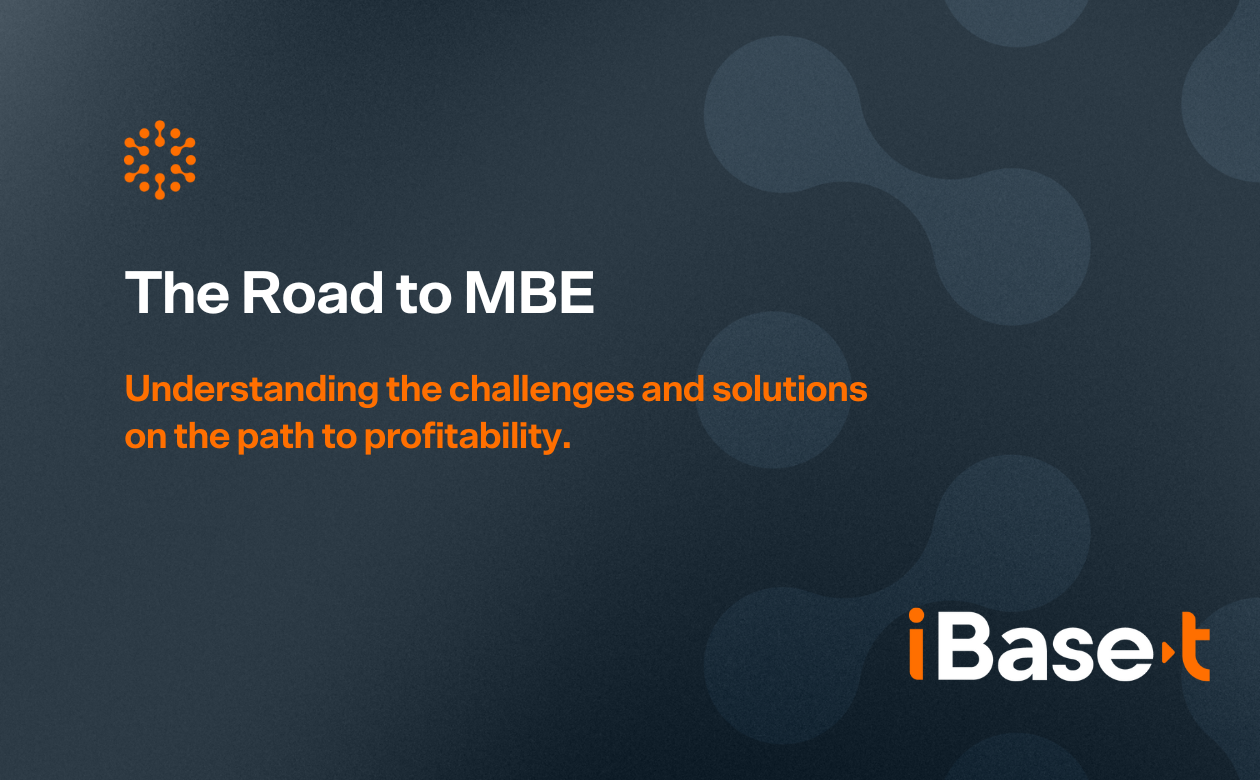From the introduction of the idea of digital twins twenty years ago, through the proliferation of the Industry 4.0 concept during the last decade, complex product manufacturers have largely focused their digital transformation efforts on the idea of a digital tapestry that provides data integration throughout a product’s lifecycle.
Much of the value discussion around the digital tapestry or digital cloth concept has emphasized compliance with program sustainability requirements in government or commercial contracts. While much of that discussion is driven by total cost of ownership (TCO) concerns, equal attention should be paid to the productivity gains that digital continuity provides during the entire production process.
Digital Continuity Defined
Digital continuity is not unique to manufacturing. It applies across any business activity that incorporates digital information as part of its operational or archival processes. In 2017 the British government published a public domain document that defines what digital continuity is and why it is relevant to business. Put simply, “Digital continuity is the ability to use your information in the way you need, for as long as you need.” As the UK paper puts it, digital continuity is when you can:
- find information when you need it
- access the information as you need it
- work with information in the way you need to
- understand what the information is and what it is about
- trust that the information is what it says it is
For manufacturers, the appeal of digital continuity should be obvious since the industry has been focused on operational software that is all about “getting the right information to the right person at the right time.” This has been true for the last 40+ years, ever since the concept of computer integrated manufacturing (CIM) was first introduced.
Digital Continuity is Established Across As-Designed, As-Built, As-Maintained
For a manufacturer to become a model-based enterprise (MBE), it must make digital continuity a priority. In discrete manufacturing, the underlying data model that defines a product is often centered around the bills of material (BOMs) that define the product. This means that, to achieve digital continuity, you must create a mechanism(s) that links the information within the data model and enables it to flow from the product’s original conceptualization (as-designed) through manufacturing (as-built), and into the field as the product is maintained over its entire life. This may be measured in years or even decades in the case of many aerospace and defense programs. Aligning this information will drive productivity throughout your organization.
Deriving Value from Digital Continuity in Operations
Often the digital continuity value discussion focuses on the customer and emphasizes the ability to facilitate greater product customization, customer relationship improvement through better supply chain visibility and service after delivery. This external view of digital continuity is valid, but there are also many internal benefits. Having product design engineers and manufacturing share information has been shown to greatly facilitate the “design for manufacturability” process. When product and process designers collaborate, you not only see productivity gains, but also quality improvements and potentially sustainability improvements. Similarly, when product and process designers get feedback on maintainability issues, it often leads to better manufacturing processes during production that simplify rework operations to fix problems during the initial build processes.
A key component of your digital continuity effort needs to be your manufacturing operations platform which can include manufacturing execution, quality, and maintenance, repair and overhaul solutions. It serves as the bridge between your design-driven PLM environment, business and customer-focused ERP and CRM environments, as well as your operational environment.





